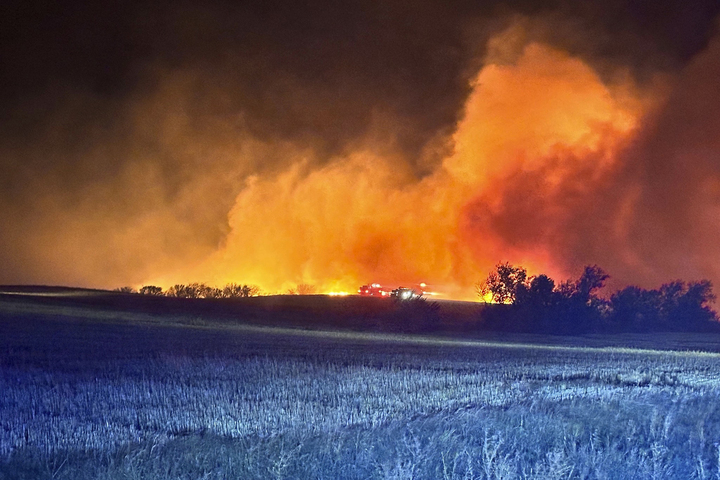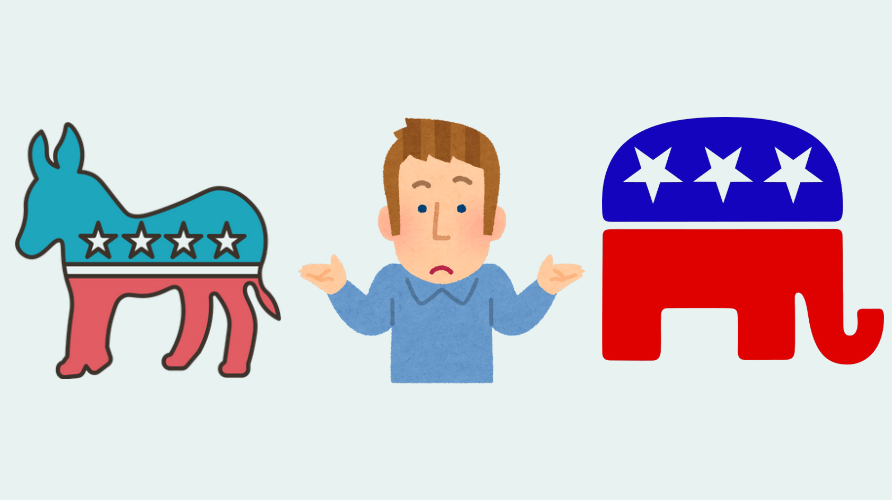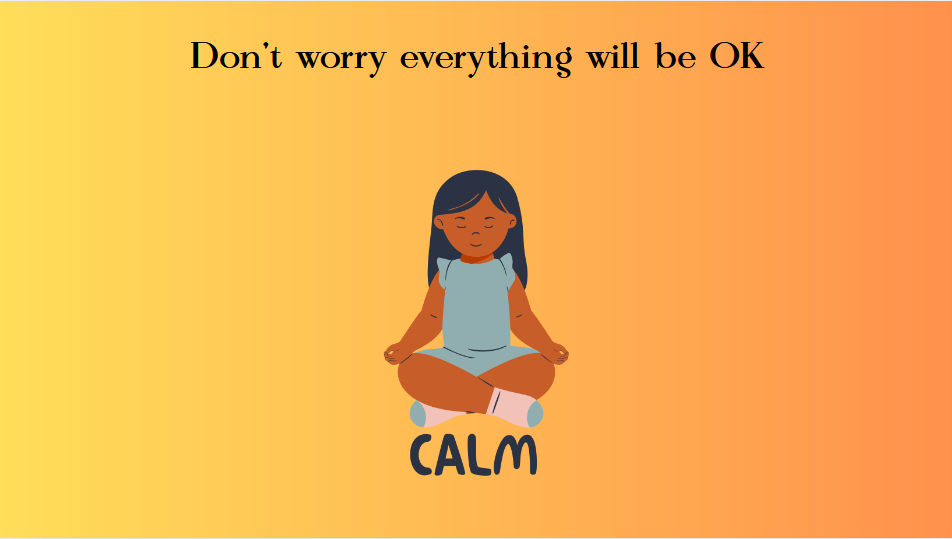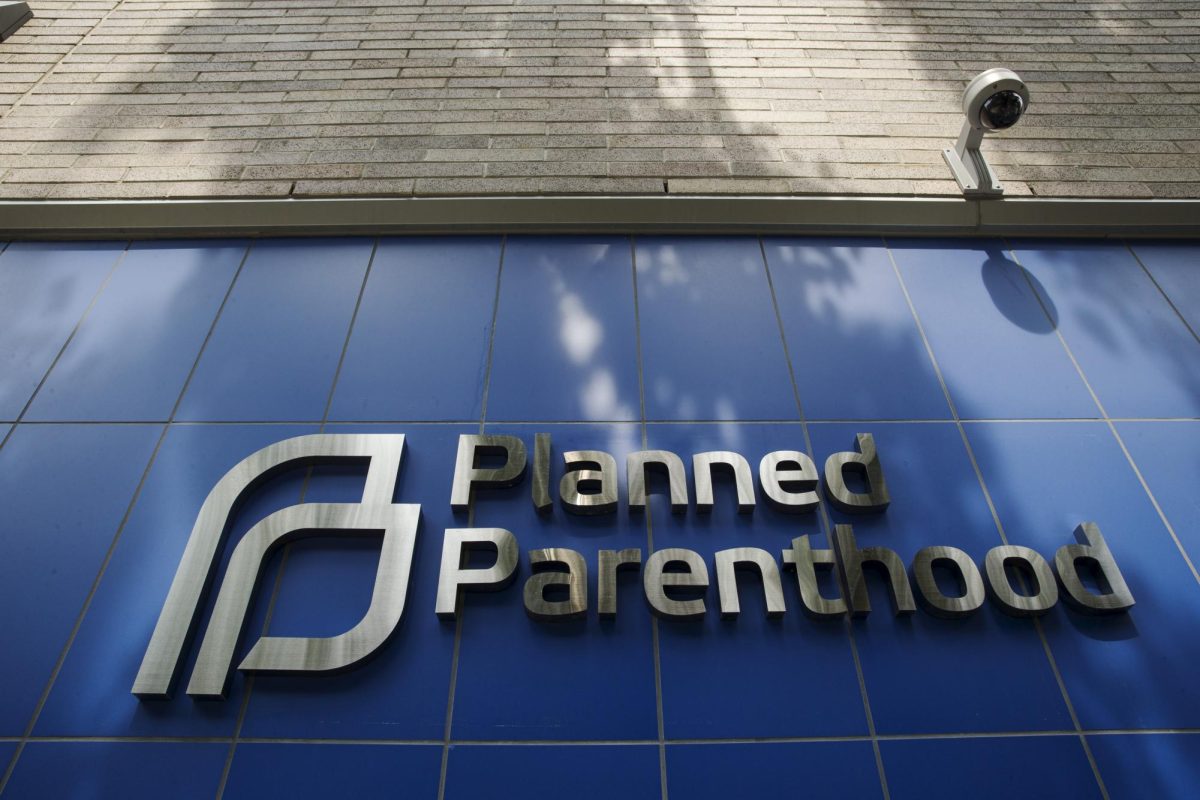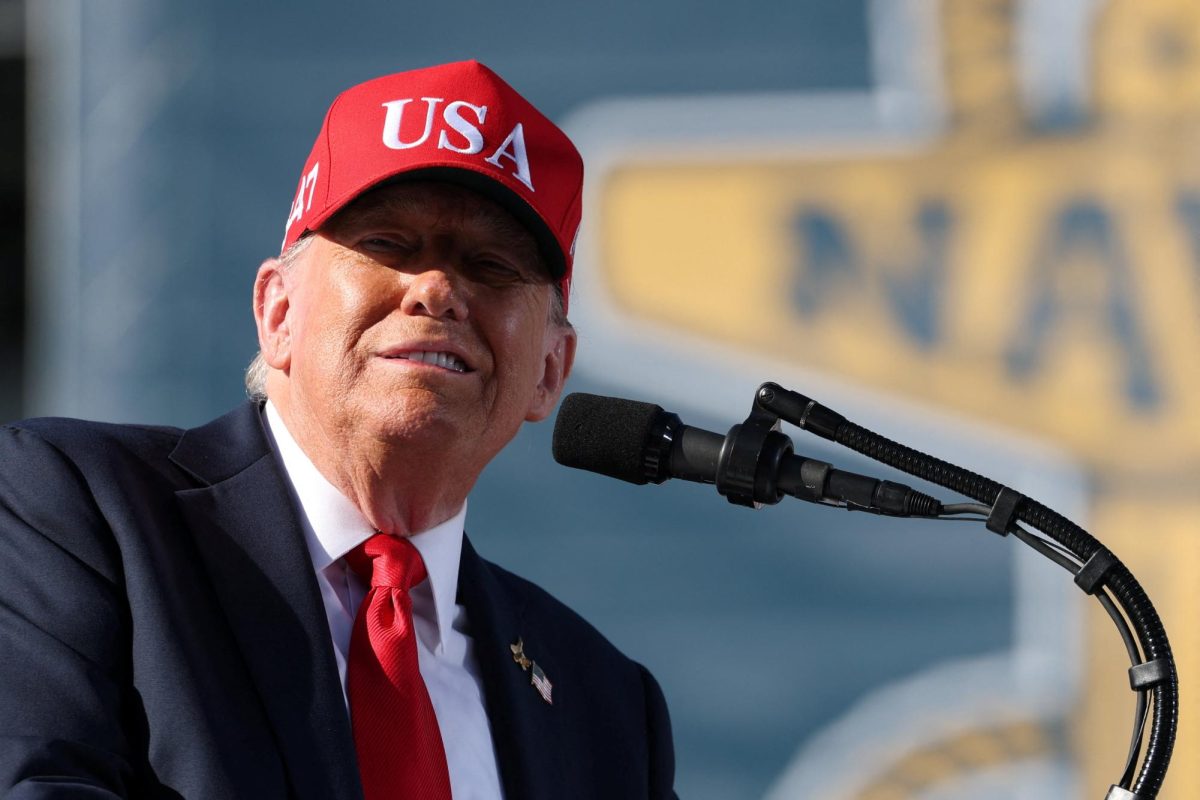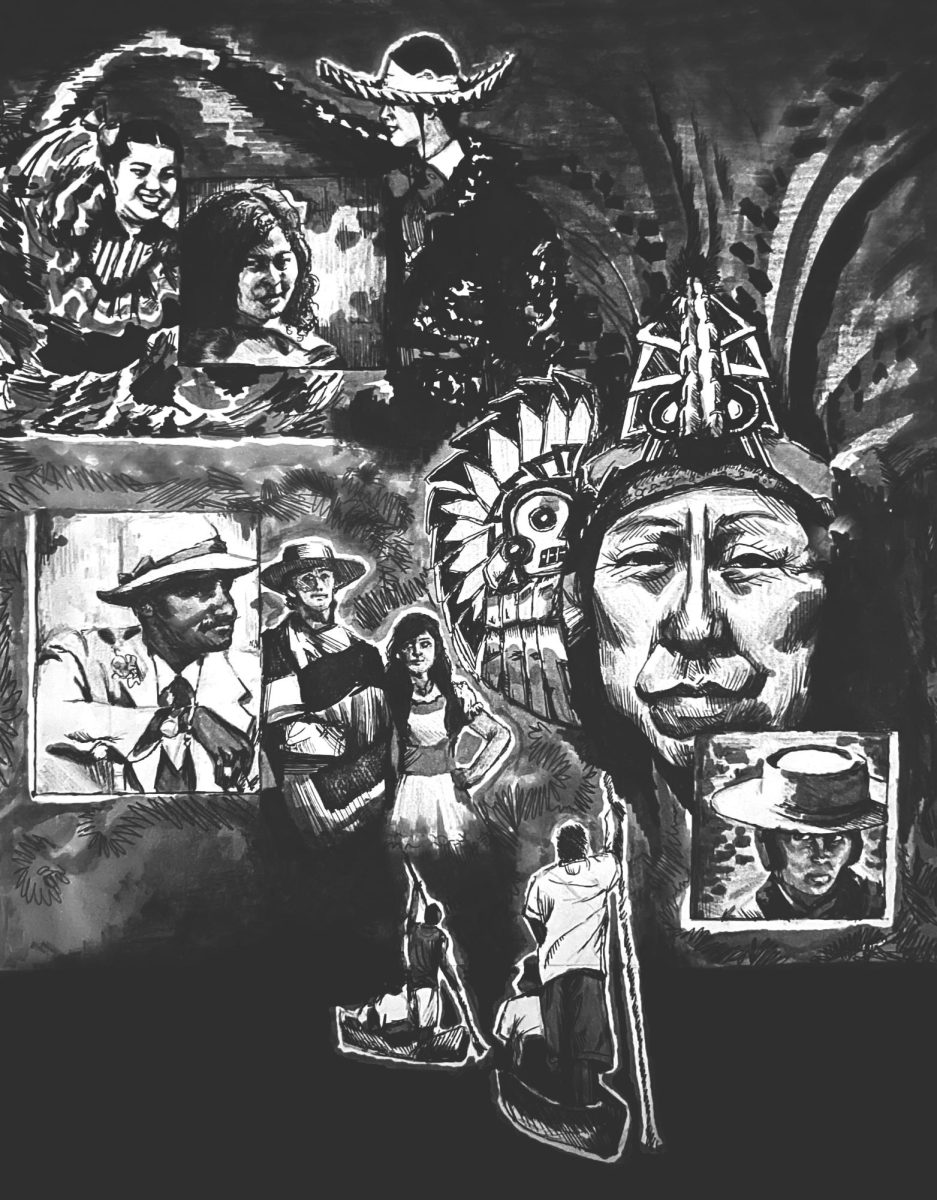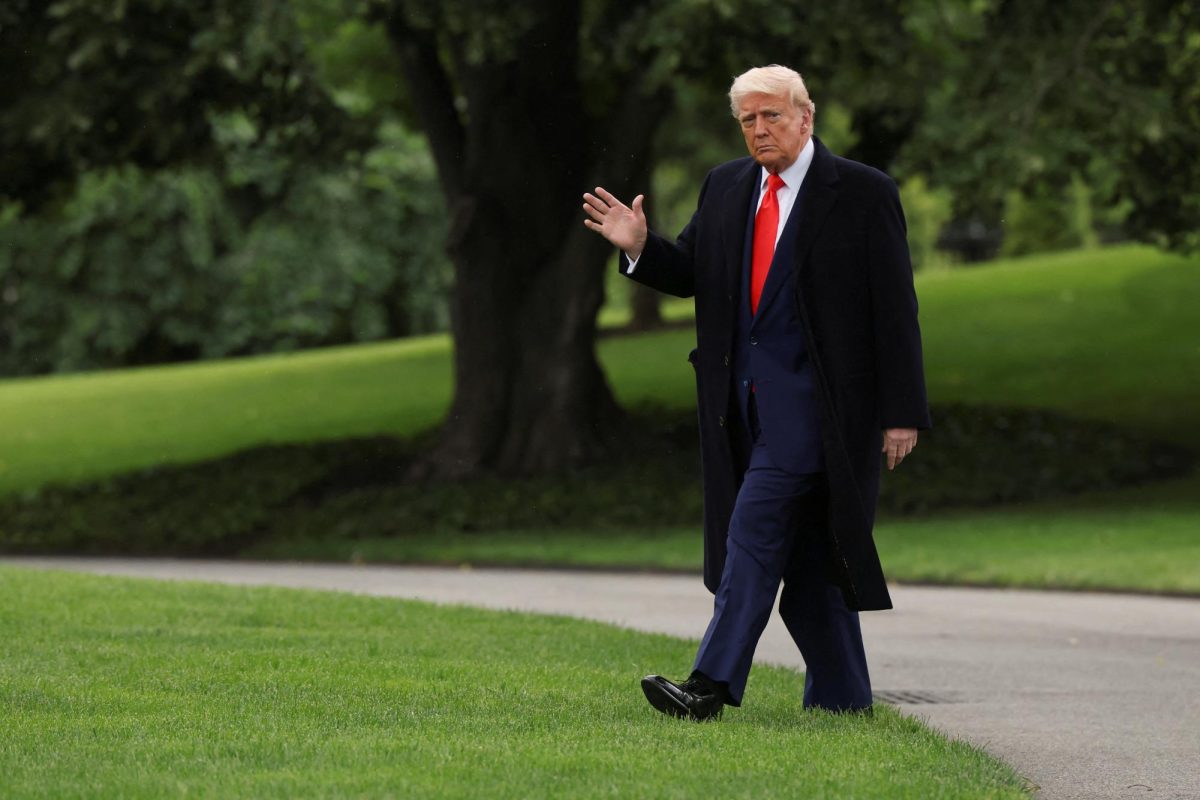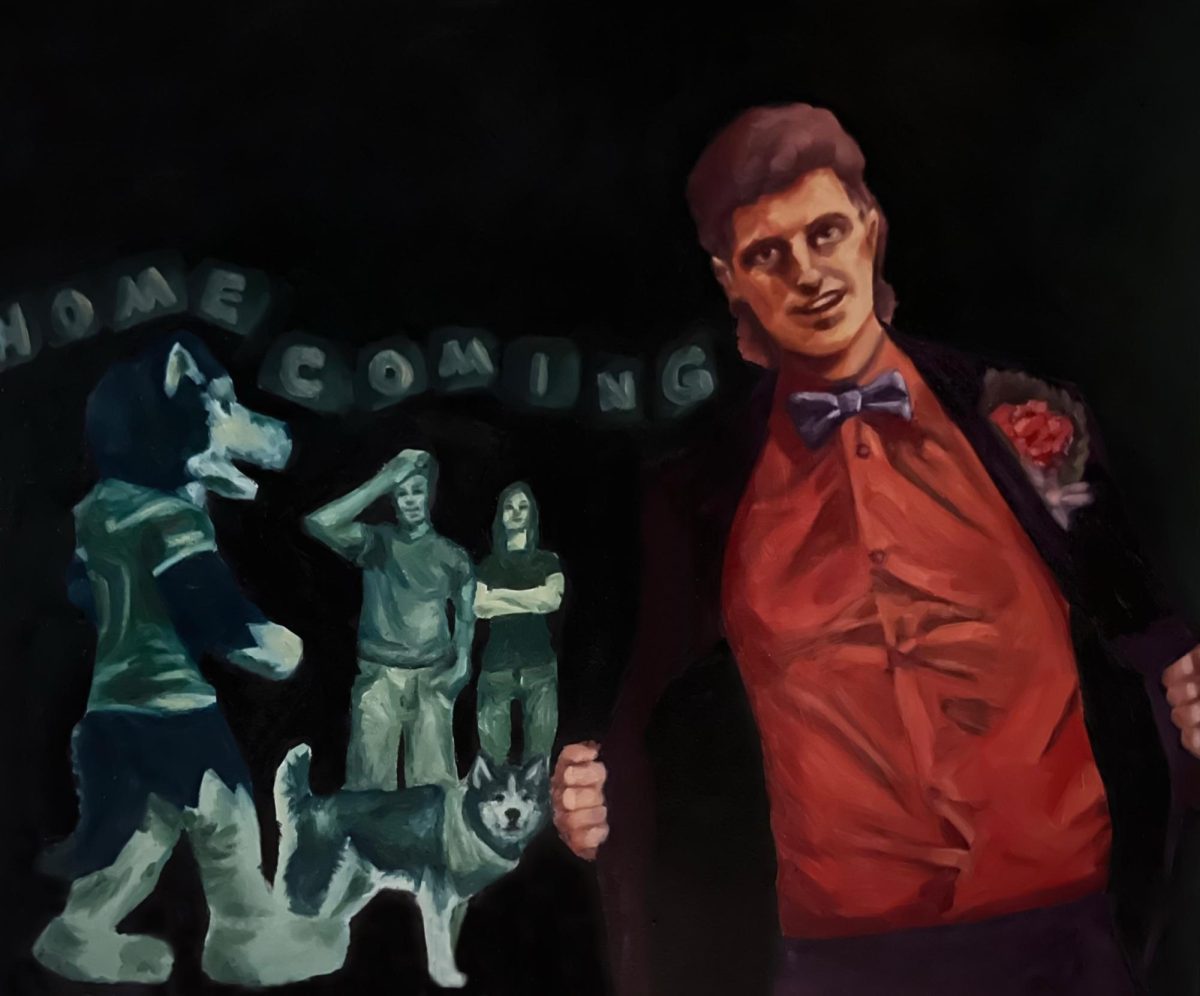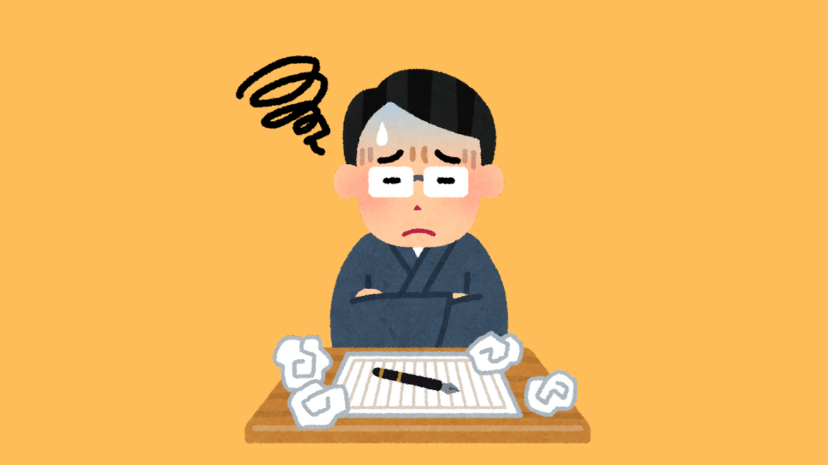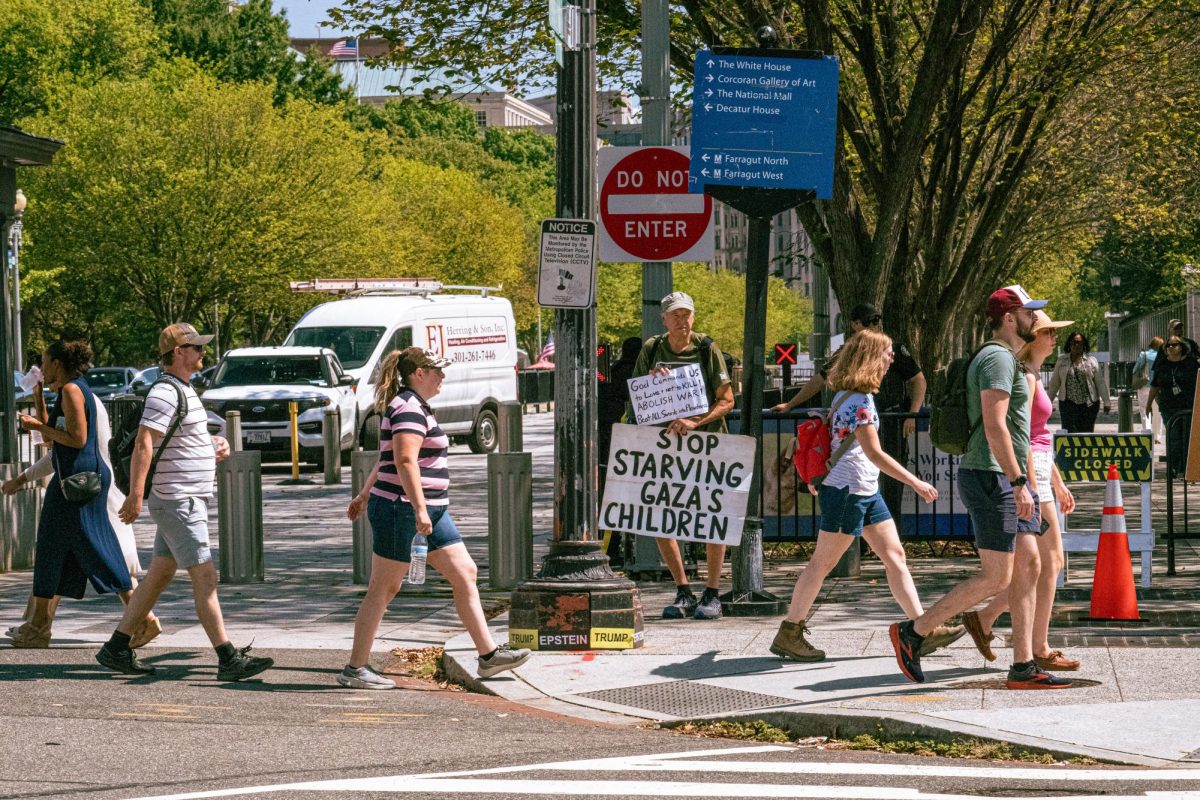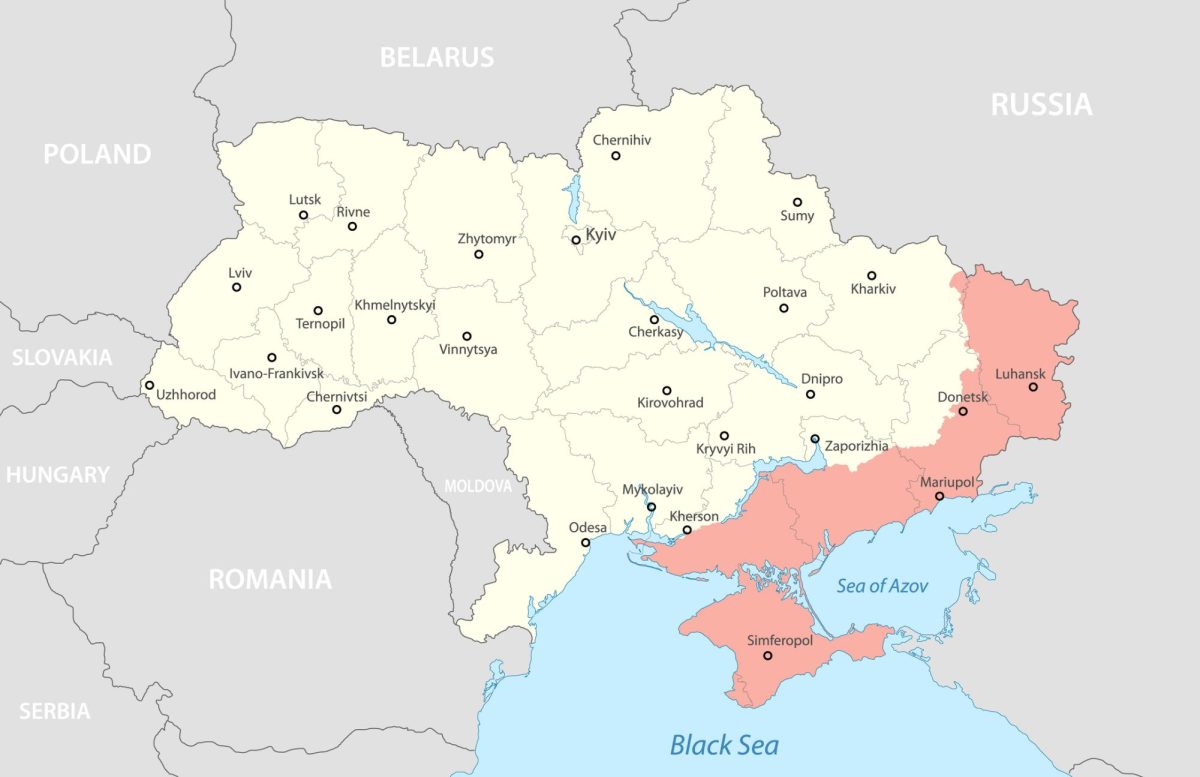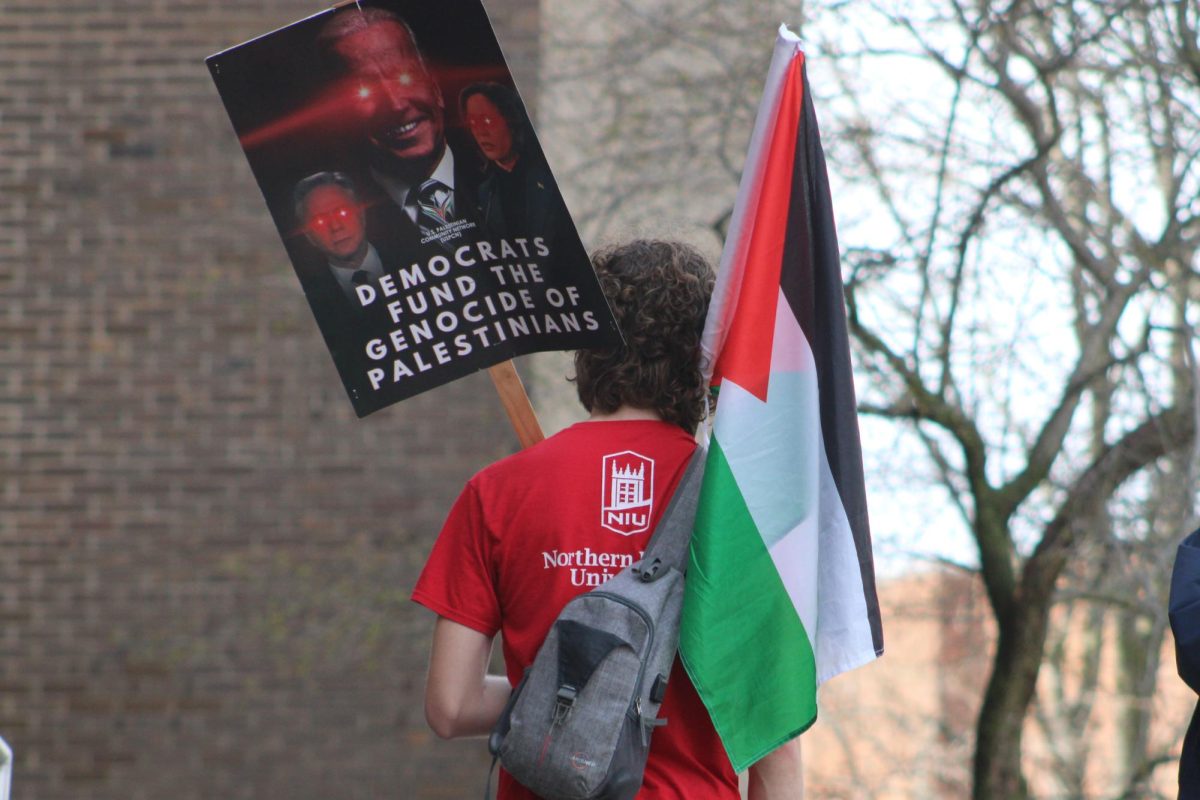North Dakota is experiencing devastating wildfires which have already caused the evacuations of more than 100 people and two fatalities. It should be painfully obvious how necessary strong climate policy will be in the upcoming presidential election.
Powerful winds over the weekend contributed to the spread of the wildfires through North Dakota, which has been experiencing a drought. The full impact of the fires is still being determined, but the North Dakota Forest Service estimates the fires have encompassed tens of thousands of acres.
The wildfires are expected to continue as the dry weather persists.
Humans have always had a complicated relationship with fire. We’re fascinated and terrified of it, so we’ve been able to identify both the natural miracles and tragedies wildfires can create.
We know that sometimes wildfires, for instance, can have fantastic ecological benefits, cleaning out ecosystems of dead material and increasing soil fertility. We’ve even figured out how to mimic those benefits in some places with controlled burning.
But we also know that wildfires are increasing at a dangerously fast rate, and we know the rate isn’t natural. In fact, about 90% of wildfires are started by humans, said Stephen Strader, a hazards geographer, meteorologist and associate professor at Villanova University.
“They’re not started by lightning or natural causes. They’re started because a, fireworks, a cigarette thrown out the window, a, you know, believe it or not, a gender reveal party,” Strader said. “And what we’ve seen is that, because we have global climate change and global warming taking hold, what we have is in the months before fires are ignited, that landscape typically dries out very quickly, and it gets very hot, and then that dries out the vegetation, which means it’s ready to, it’s tender. It’ll just go up if there’s a flame.”
Depressingly enough, what may actually end the increasing wildfires is a lack of natural land to lick up as fuel.
“Eventually, if we continue to develop like what we have over the last, you know, 60, 70, years, we will move into these areas (Wildland Urban Interfaces),” Strader said. “And once we move into one of these WUI areas, and we continue to expand, eventually, there’s no more fuel left for the fire. It’s all roads and parking lots and buildings. There’s not much forest left to get a big forest fire. So that really means that, from a U.S., from an entire U.S. perspective, we expect fires to continue to increase until they hit a point where potentially there’s not much fuel left, and the fires will start decreasing.”
That’s not a happy alternative.
What’s especially scary about the wildfires we’re facing now, though, is how suddenly and quickly they can destroy surrounding areas.
“The most important thing is that it’s hard to suppress fires because even the firefighters that are on the ground, that are battling these, the fires aren’t behaving in the ways that they used to, and that’s largely because of the climate change element,” Strader said. “Their (firefighters’) techniques are not working, and it’s largely because fires, when they do occur, if the conditions are right, they will spread extremely fast and burn very quickly. Which means that if you have a fire in your region, you need to make sure that you have a, ready to, ready to get out of there (plan), because it can spread very quickly.”
It’s deeply troubling, then, when figures in power make statements claiming climate change isn’t a serious threat.
Wildfires are just one small instance of climate change’s deadly side effects, but they’re a good example to consider when politicians quote colder weather as proof everything is fine.
Republican presidential nominee and former President Donald Trump, for instance, has long projected the false claim that climate change is a hoax.
But if any wildly flaming warning signal should make politicians and their voters at least admit the need for climate policies, it should be the 50-foot wall of fire that raged over North Dakota.
Or the more than one million acres of land burned in California this year.
Or the destroyed town on Maui that burned in the U.S.’s fifth-worst wildfire in history last fall.
Wildfires are a burning issue that’s worth our attention even if they’re not burning down our own homes here in Illinois. These natural hazards won’t just be someone else’s problem for long.
As they occurred naturally, wildfires were a phenomenon attached to rebirth and hope. How sad that we’ve turned them into something so hopeless.
And how ridiculous that we’re still putting leaders in office who we know will ignore the large, flaming red flags.
Please America, bring back hope: keep the fire contained, and keep your denialism out of the White House.


